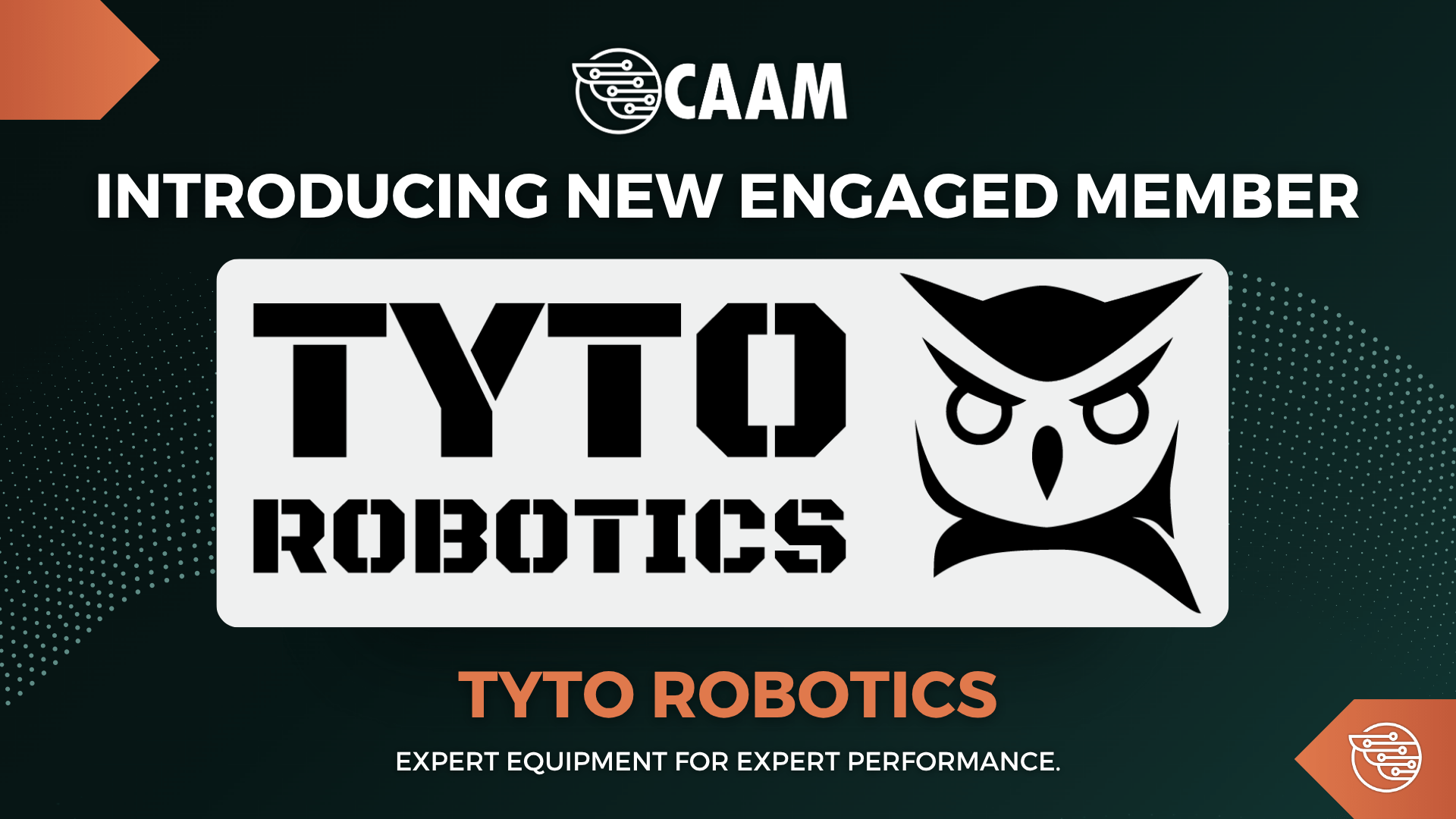 The future is autonomous. One way of differentiating past and future is the level of automation available—cars rather than wagons, computers rather than abacuses, etc. That’s why autonomous aircraft is one of the pillars of Advanced Air Mobility (AAM). If AAM wants to be the future, it needs to think about uncrewed and “unpiloted” aircraft. But is that a faraway reality, or, like AAM itself, it’s closer than it looks?
The future is autonomous. One way of differentiating past and future is the level of automation available—cars rather than wagons, computers rather than abacuses, etc. That’s why autonomous aircraft is one of the pillars of Advanced Air Mobility (AAM). If AAM wants to be the future, it needs to think about uncrewed and “unpiloted” aircraft. But is that a faraway reality, or, like AAM itself, it’s closer than it looks?
Levels of automation
“These vast differences in the types of solutions that are described as autonomous are largely down to the fact that as there is no single authority determining those definitions, they are often free-flowing,” Millie Radovic defines. The interesting part is seeing that even though “there is no single authority determining those definitions” most places adopt the same scale that Radovic uses in the article:
- Level 0: No Automation
- The pilot is in complete control of every movement. Platforms are controlled 100% manually at all times.
- Level 1: Pilot Assistance
- The pilot remains in control of the overall operation and safety of the vehicle. However, the drone can take over at least one vital function for a finite period.
- Level 2: Partial Automation
- The pilot is still responsible for the safe operation of the vehicle and must be ready to take control of the drone should something happen. However, the drone can take over the management of heading, altitude, and speed under certain conditions.
- Level 3: Conditional Automation
- Like at Level 2, the drone can fly itself, but the human pilot must still pay attention and be prepared to take over at any time. The drone notifies the pilot if intervention is needed, so s/he is the fall-back system. This level means that the drone can perform all functions “given certain conditions.”
- Level 4: High Automation
- A person can control the drone, but it doesn’t always need to be. It can fly itself full-time under the right circumstances. It has to have backup systems in case one system fails. Its behaviour depends upon a fixed built-in functionality or upon a fixed set of rules that dictate system behaviour.
- Level 5: Full Automation
- The drone controls itself under all circumstances with no expectation of human intervention. That includes full-time automation of all flying tasks under any conditions.
Radovic’s scale may talk exclusively about pilots and drones, but Florian Petit’s one is highly similar, and the author used the scale in the context of autonomous cars. Even BMW uses a similar scale.
So it’s safe to say that even though “there is no single authority determining those definitions,” there is a consensus on the topic currently.
Today’s level of autonomy
It’s well known that airplanes have autopilot. Even the 1980 movie Airplane! jokes about it, but in which level modern-day commercial airplanes are?
On a commercial airliner, nearly the entire flight is flown on autopilot. The pilots continuously monitor the computer to ensure that it follows the correct programmed course and make sure that all of the programming is in order.
Autopilot systems cannot takeoff, so taxi, takeoff, and other ground operations are done manually. The autopilot is usually engaged a few hundred feet off of the runway after departure.
When arriving at an airport, the autopilot is usually used until the very last segment of the approach. When the runway is in sight, the pilot flies the plane to the landing.
Some planes do have autoland systems, but these are generally only used in poor visibility when they must be used. With a certified autopilot, some airplanes can land after an instrument approach in zero-visibility conditions.
By comparing Claiborne’s explanation with Radovic’s scale, it’s safe to say that modern-day airplanes are between levels three and four. That’s also the level at which Drone Delivery Canada’s (DDC) RPAS (Remotely Piloted Aircraft System), commonly known as drones, are.
“Our commercial operating model involves depot-to-depot flights on pre-determined routes with the required depot infrastructure in place,” explained Michael Zahra, President & CEO, DDC. “We call these depots DroneSpots®, and it means that drones operate autonomously while our proprietary FLYTE software monitors air traffic, weather, aircraft, and other elements […] all flights are overseen from our Operations Control Centre in Toronto, Canada—monitored 24/7.”
But is level four enough for AAM?
Tomorrow’s level of autonomy
Wisk does a great job of summarizing the answer on their website, “By leveraging our extensive experience in autonomous flight, we’ve removed the number one cause of aviation accidents—pilot error.”
For AAM to become a reality, especially when talking about Urban Air Mobility (UAM), the aviation industry needs to raise the already high bar on safety. There can’t be a margin for error for aircraft to fly between buildings, power lines, and above cities’ population heads.
Reaching level five is one of the essential aspects of unlocking UAM. Yes, UAM is already happening (DDC & Edmonton International Airport, and Unither Bioelectronics A breath in the sky), even though aircraft are still on level four. But none of them are transporting people, which is the ultimate goal of AAM, to be a more inclusive, green, and all-around helpful mode of transport.
Answering the first question, “Are that [autonomous aircraft] a faraway reality, or like AAM itself, it’s closer than it looks?” Uncrewed and unpiloted aircraft already exist. And in a scale of one to five, the aviation industry has already reached level four (high automation) regarding autonomous flying, and with companies, such as Wisk, heavily investing in more automation, it’s possible to say that 100% autonomous aircraft are, like AAM, closer than it looks.
Click here to learn more about safety in AAM.
By Giovani Izidorio Cesconetto



